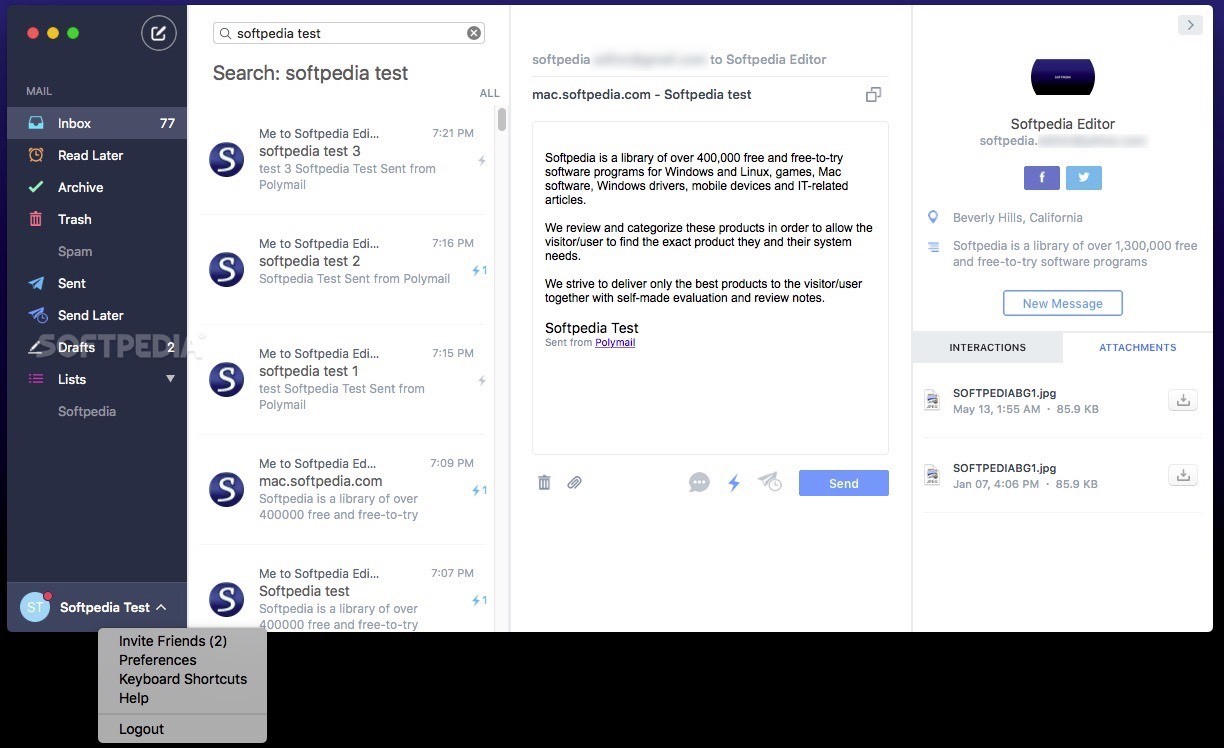

Use either the Disk Utility application or diskutil command to remove or HFS format the preceding partition. The diskutil command format is given below. Use either the Disk Utility application or diskutil command to identify the preceding partition that needs to be HFS formatted or removed. This is usually the partition immediately preceding, but not always. To delete the BOOTCAMP partition using the Disk Utility application, you will need to first remove or HFS format the preceding partition. In fact, the Disk Utility application may not even be displaying this partition. Well, you have not identified, in your question, which partition this is. In your case, you can not delete the BOOTCAMP partition because the partition is preceded by a partition that can not be resized. Often, posting just what is viewed from the Disk Utility application is not sufficient to diagnose and repair a problem with a drive. (These functions are technically referred to as verbs.) The Disk Utility application also does not necessarily display all the partitions that actually exist on a drive. Also included is a Disk Utility application which can preform a subset of the functions offered by the diskutil command. Maybe consider getting more storage space for your database.The macOS operating system includes a disk utility command called diskutil. Read the Technet article here about managing the transaction log (v=sql.105).aspx Step 2: Search Polymail in Library or other sections of your Mac, and then delete them if found. This will give you the option to permanently delete the selected image(s). Unlock your conversations from your inbox and share them directly to your teams tools like Slack and Asana. Select Erase Disk: In the Delete menu, select the Delete from disk option. Shrinking the transaction log file is less of a problem (ensure it is truncated first so there is space to shrink the file). Locate the Polymail app (Double-click the folder named Polymail, if there is), click and then drag the Polymail icon into Trash. Polymail allows you to share your conversations anywhere and get the proper context you need. If at all possible do not shrink the database file.
#Delete polymail from disk free#
If you do resort to shrinking the file - make sure there is a reasonable amount of free space left after the shrink - probably at least 15%.


You in fact may increase the size of the transaction log!

Deleting records does not automatically regain you disk space, as the disk space allocated to the database files stays the same.


 0 kommentar(er)
0 kommentar(er)
